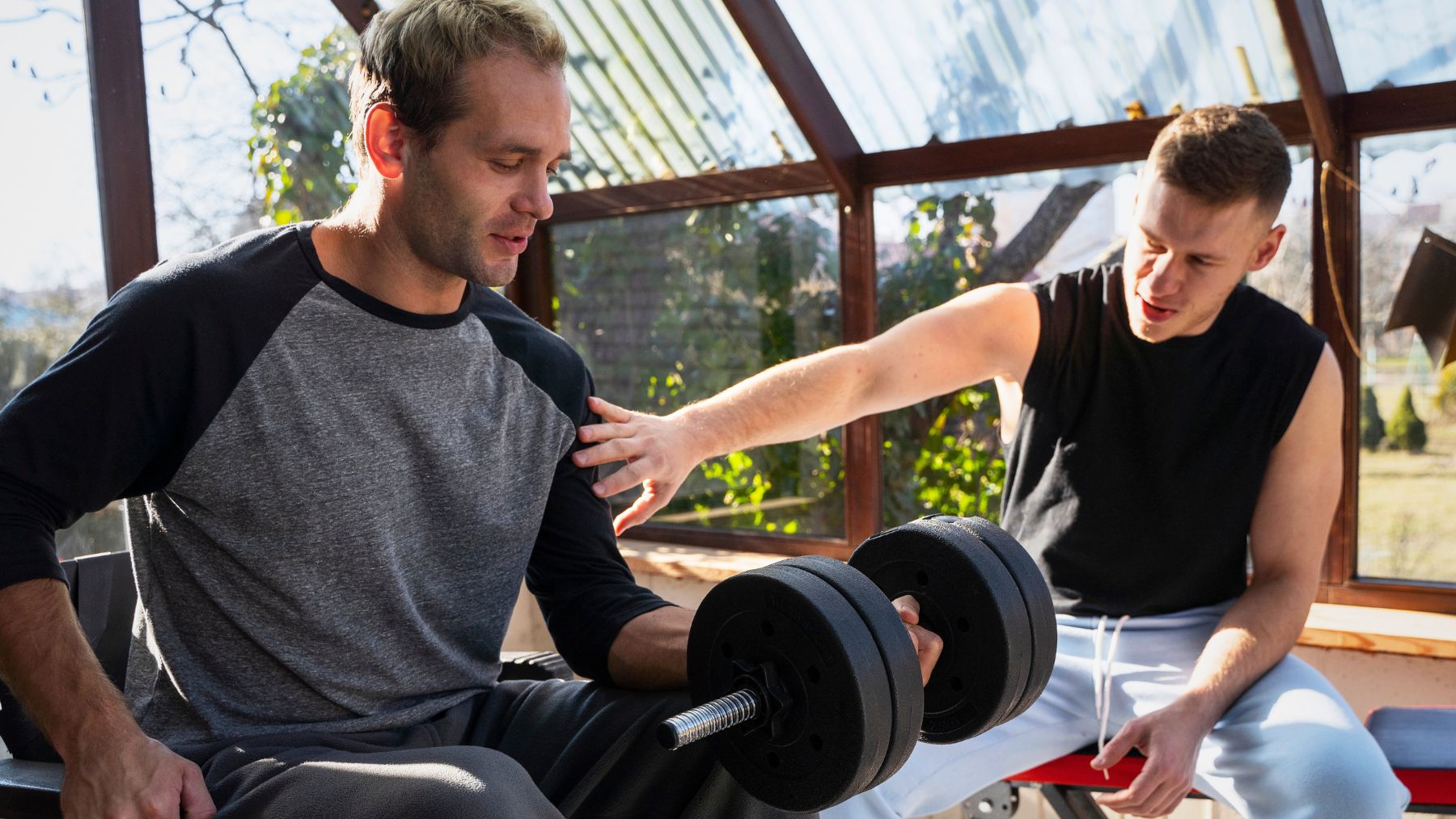Walking is often celebrated as the go-to low-impact activity, yet a smarter alternative for staying fit after 40 exists: swimming. This exercise works your entire body, preserves joints, and addresses issues that walking alone may not resolve. Increasingly recommended by fitness centers, rehabilitation clinics, and aquatic therapy programs, swimming offers a unique combination of aerobic conditioning and gentle resistance training perfect for mature adults.
Here, we’ll explain why swimming stands apart for those who aim to build strength, enhance flexibility, and safeguard long-term health. You will learn how water’s natural buoyancy and resistance create an ideal workout environment while reducing injury risks. Let’s start.
Why swimming is the best low-impact exercise for adults over 40
Swimming delivers a well-rounded workout that few other activities can match. Water’s inherent support and resistance create a forgiving environment that minimizes strain while maximizing benefits. Here is an in-depth look at how it can help you improve your fitness.
It shields your joints
Water supports up to 90% of your body weight, drastically reducing pressure on the knees, hips, and shoulders. This makes it invaluable for people dealing with arthritis, chronic joint pain, or other forms of deterioration. Unlike walking on hard surfaces, where repetitive impact can exacerbate discomfort, swimming allows you to move without the typical grinding of joints or the risk of flare-ups.
It builds full-body strength
Water compels your muscles to work harder without the need for heavy weights. Each stroke in the pool engages multiple muscle groups simultaneously, including your arms, legs, core, and back. Over time, this natural resistance training helps preserve muscle mass and supports bone density, both of which typically start declining after 40.
It unlocks stiff joints
The dynamic properties of water create a push-pull effect that encourages a broader range of motion than many land-based exercises offer. Movements such as reaching during freestyle or rotating during backstroke help stretch muscles and gently mobilize the joints in your shoulders and hips. This increased mobility is particularly beneficial for countering the stiffness that often accompanies aging.
It trains your heart safely
Swimming is a highly effective cardiovascular exercise that elevates your heart rate without overheating your body or overloading your joints. Research shows that regular swimming can improve blood circulation, lower blood pressure, and enhance cardiovascular endurance as effectively as brisk walking or cycling, but with far less impact on the body. This is why cardiac rehabilitation programs often feature swimming as a core element.
It sharpens balance
Maintaining balance and coordination becomes increasingly important with age. The water’s gentle instability forces your core and lower body muscles to engage continuously, enhancing balance and coordination that translate to steadiness on dry land.
Have we convinced you to dive in? Aim for two to three 30-minute sessions per week to begin your aquatic workout and gradually increase the intensity as your endurance improves. Consider pairing swimming with brisk walking on recovery days and incorporating light stretching or yoga to maintain overall flexibility. This balanced approach helps keep you strong, mobile, and injury-free without the wear and tear common in high-impact activities.

